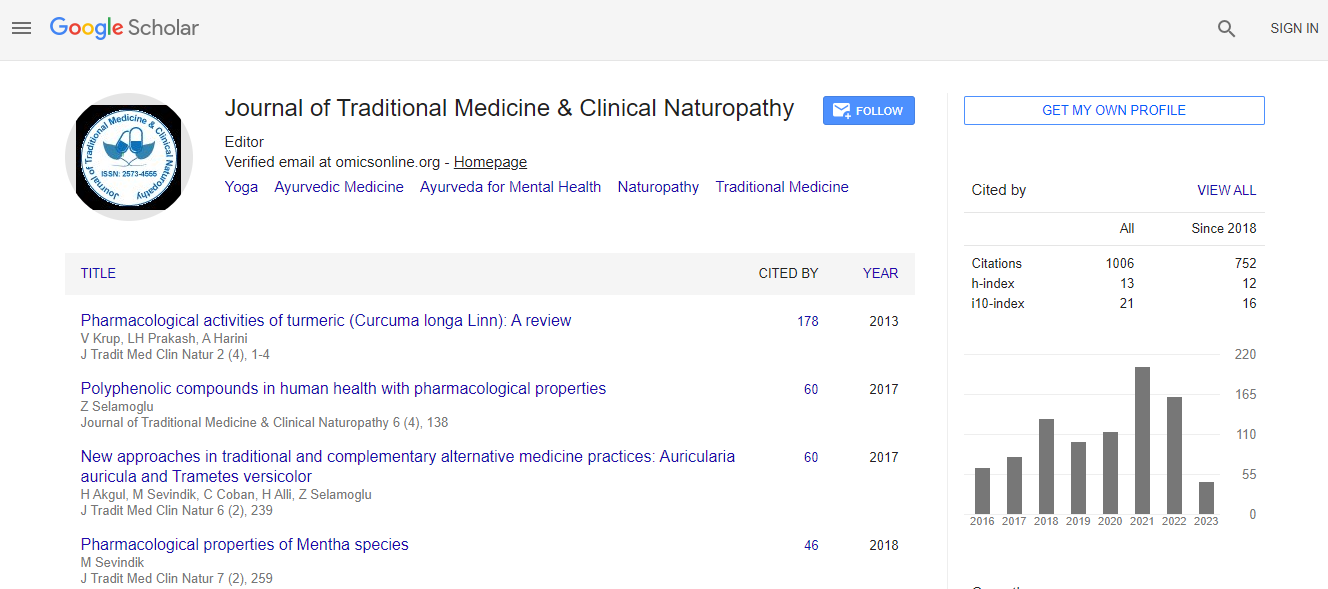Research Article
Characterization of Human Aortic Endothelial Cells, Endothelial Progenitor Cells, and Cardiomyocytes
Ching-Hung Chen1 and Chan-Yen Kuo2*1Department of Anesthesiology, Show Chwan Memorial Hospital, Changhua, Taiwan
2Graduate Institute of Systems Biology and Bioinformatics, National Central University, Chung-li, Taiwan
- Corresponding Author:
- Chan-Yen Kuo
Graduate Institute of Systems Biology and Bioinformatics
National Central University, Chung-li, Taiwan
Tel: +886-3- 4227151
Fax: +886-3-4226062
E-mail: cykuo@thu.edu.tw
Received Date: November 30, 2016; Accepted Date: December 09, 2016; Published Date: December 14, 2016
Citation: Chen CH, Kuo CY (2017) Characterization of Human Aortic Endothelial Cells, Endothelial Progenitor Cells, and Cardiomyocytes. J Tradit Med Clin Natur 6:203.
Copyright: © 2017 Chen CH, et al. This is an open-access article distributed under the terms of the Creative Commons Attribution License, which permits unrestricted use, distribution, and reproduction in any medium, provided the original author and source are credited.
Abstract
Despite advances in therapy, heart failure remains a significant disease burden, with poor outcomes, worldwide. Reactive Oxygen Species (ROS) damage cardiomyocytes. Endothelial progenitor cells promote the repair of the endothelium of arteries damaged by ROS. However, gene expression profiles of Human Aortic Endothelial Cells (HAECs), Endothelial Progenitor Cells (HEPCs), and Cardiomyocytes (HCMs) are unclear. In the present study, we determined the expression profiles of different genes in HAECs, HEPCs, and HCMs by performing quantitative PCR. Results showed that p53 and Cx37 were up-regulated, but VEGF, Cx43, and eNOS were down-regulated in HEPCs. Cx40 and eNOS were up-regulated in HAECs. Moreover, we determined the effect of hydrogen peroxide-derived ROS on HCMs. Results showed that Cx40, Cx45, VCAM-1, ICAM-1, p53, and p21 were up-regulated, but E-cadherin was down-regulated after high concentration of hydrogen peroxide treatment.

 Spanish
Spanish  Chinese
Chinese  Russian
Russian  German
German  French
French  Japanese
Japanese  Portuguese
Portuguese  Hindi
Hindi 
